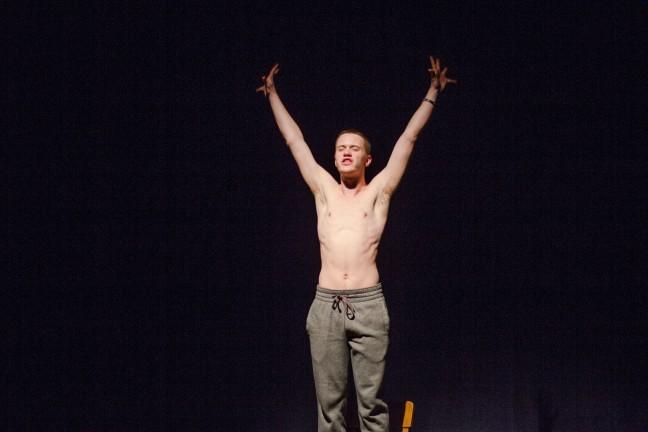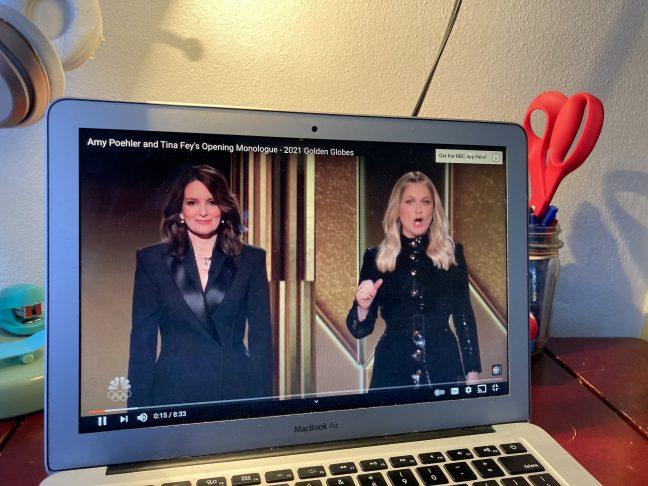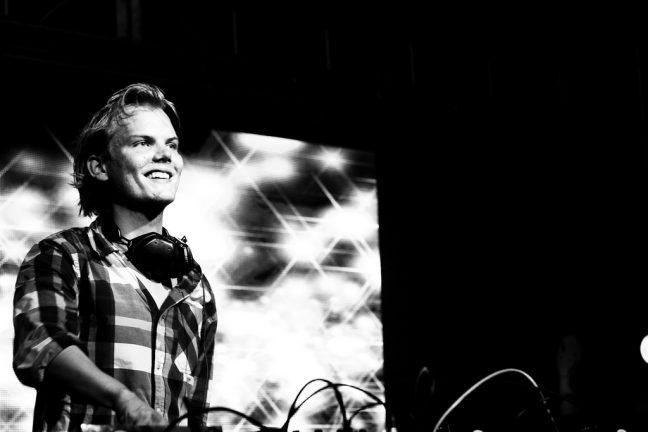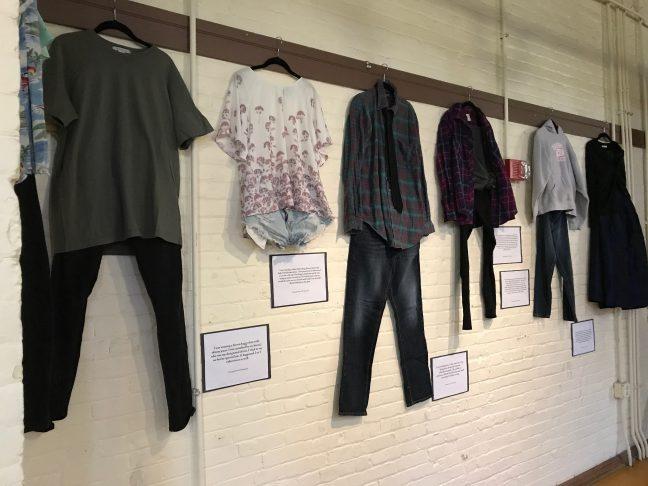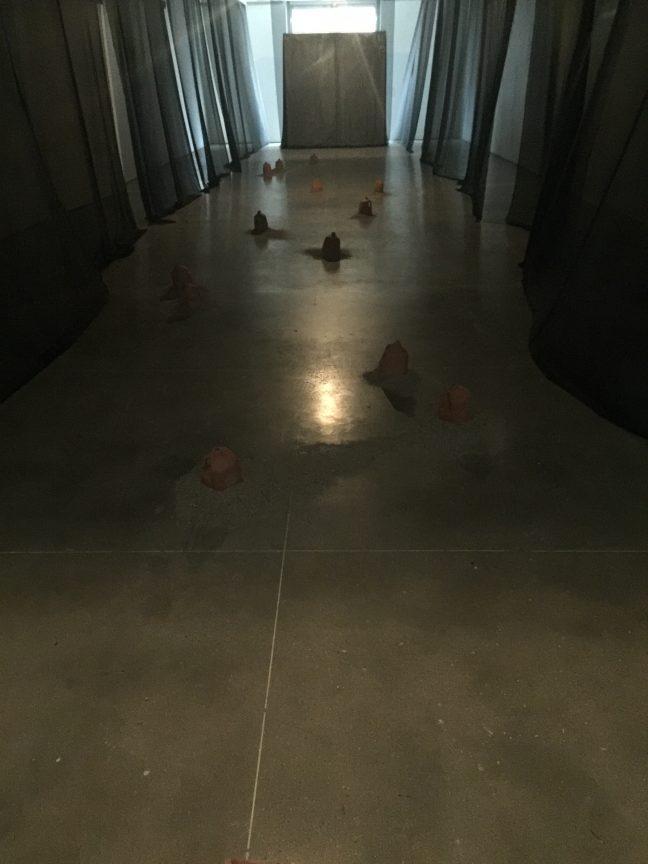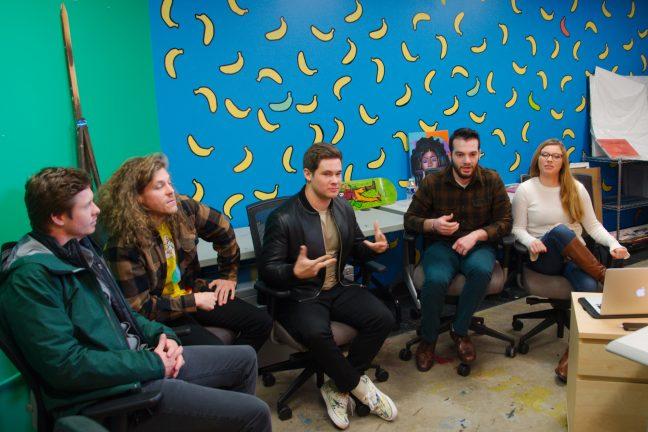At first, the stage was bare.
The theatre looked like any other performance space, but Saturday evening the Overture Center stage became the center of discussion about race and whiteness in the current world for the ninth annual Line Breaks Festival. Audience members snapped and cheered during the especially powerful portions as the spoken word poetry echoed through the dense crowd.
Line Breaks is a live, weeklong period of performances with a venue comprised of the collective works and writings of the students of the First Wave program here at University of Wisconsin. Each performance throughout the festival consists mostly of spoken word poetry, but also contains many other theatrical elements such as acting or dancing.
First night of Line Breaks sparks festival of art, performance
In 2007 the Office of Multicultural Arts Initiative at UW started the First Wave program, which provides its students a four-year tuition scholarship while simultaneously providing the opportunity to be a part of an urban arts learning community.
First Wave gives young adults like Garrett Pauli the opportunity to showcase their talent and hard work in front of an audience while also allowing them to create messages that can be used as conversation pieces to improve the community.
First Wave: Being change they hope to see in local community
Pauli is a white male who grew up in a multi-cultural and multi-racial family in Phoenix. Having a half white, half black younger brother and a half white, half Mexican stepfather has greatly impacted Pauli and what he wants to do for his community. He credits these aspirations to his mother, who has always encouraged him to question institutions and societal norms.
“Skeletons of Silence” is Pauli’s one-man show that he performed at Line Breaks. It tells multiple stories pertaining to his personal experiences dealing with race, identity, whiteness and white silence.
“The whole point of the show ‘Skeletons of Silence’ is that white supremacy and white silence is a skeletal structure,” Pauli said. “It’s something that we don’t always see, but is upheld like bones.”
In each scene there is a moment where race is the focal point of the issue, and rather than speaking up, Pauli ends up responding to each of these situations with silence.
Pauli said his piece shows that in these instances silence is an active response rather than a passive one.

The show is broken down into four stages of his life: elementary school, middle school, high school and college. Each vignette focuses on a racial issue that has left an impact on him.
“That’s what I’m trying to get at,” Pauli said. “These experiences [have] built on top of each other and have created the person that I am today.”
Pauli wants his message to extend past the walls of the theater. Pauli wants his audience to unpack this message and converse with one another outside the doors of the theatre.
Pauli went on to explain that silence actually corroborates with racism, discrimination and perpetuating institutions of racism. If you don’t speak up, how can one know if something is wrong or something should be done, he said.
Pauli thinks a lot of people have had experiences similar to his, and wants his performance to propose questions to viewers. He wants to ask questions they can take out into the world, beyond the performance hall and incorporate it into their own lives.
“This show tries to get at is unpacking it for myself and from my journey and my narrative and using that in a way to have people see themselves inside of it and question their own silences too,” Pauli said.
Backstage before her show, a nervous Ajanae Dawkins prepared herself for the first performance of the evening. Her one-woman show “Atlantic” discusses the parallels of black girls living in American to those living globally.
A discussion followed her performance, where the community was able to share reactions and ask questions. The performance emotionally affect one girl so much that she could not fully ask her question.



